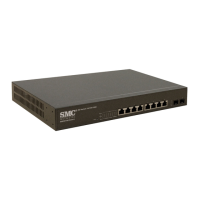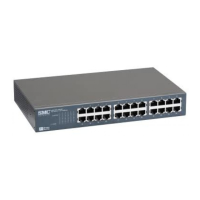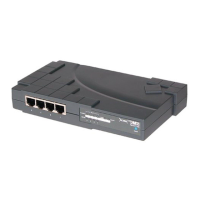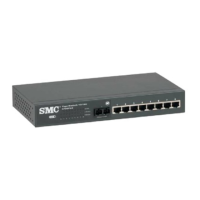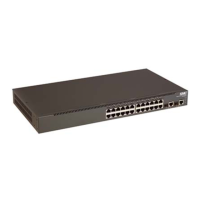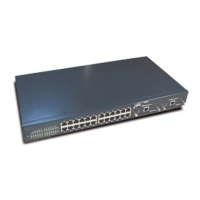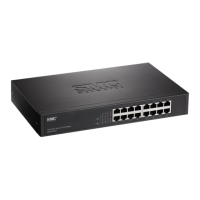C
HAPTER
5
| Monitoring the Switch
Displaying Information on LACP
– 226 –
◆ Partner System ID – LAG partner's system ID (MAC address).
◆ Partner Key – The Key that the partner has assigned to this LAG.
◆ Last Changed – The time since this LAG changed.
◆ Local Ports – Shows the local ports that are a part of this LAG.
WEB INTERFACE
To display an overview of LACP groups active on this switch, click Monitor,
LACP, System Status.
Figure 106: LACP System Status
DISPLAYING LACP
PORT STATUS
Use the LACP Port Status page to display information on the LACP groups
active on each port.
PATH
Monitor, LACP, Port Status
PARAMETERS
These parameters are displayed:
◆ Port – Port Identifier.
◆ LACP – Shows LACP status:
■
Yes – LACP is enabled and the port link is up.
■
No – LACP is not enabled or the port link is down.
■
Backup – The port could not join the aggregation group but will
join if other port leaves. Meanwhile it's LACP status is disabled.
◆ Key – Current operational value of the key for the aggregation port.
Note that only ports with the same key can aggregate together.
◆ Aggr ID – The Aggregation ID assigned to this LAG.
◆ Partner System ID – LAG partner's system ID assigned by the LACP
protocol (i.e., its MAC address).
◆ Partner Port – The partner port connected to this local port.
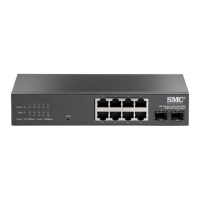
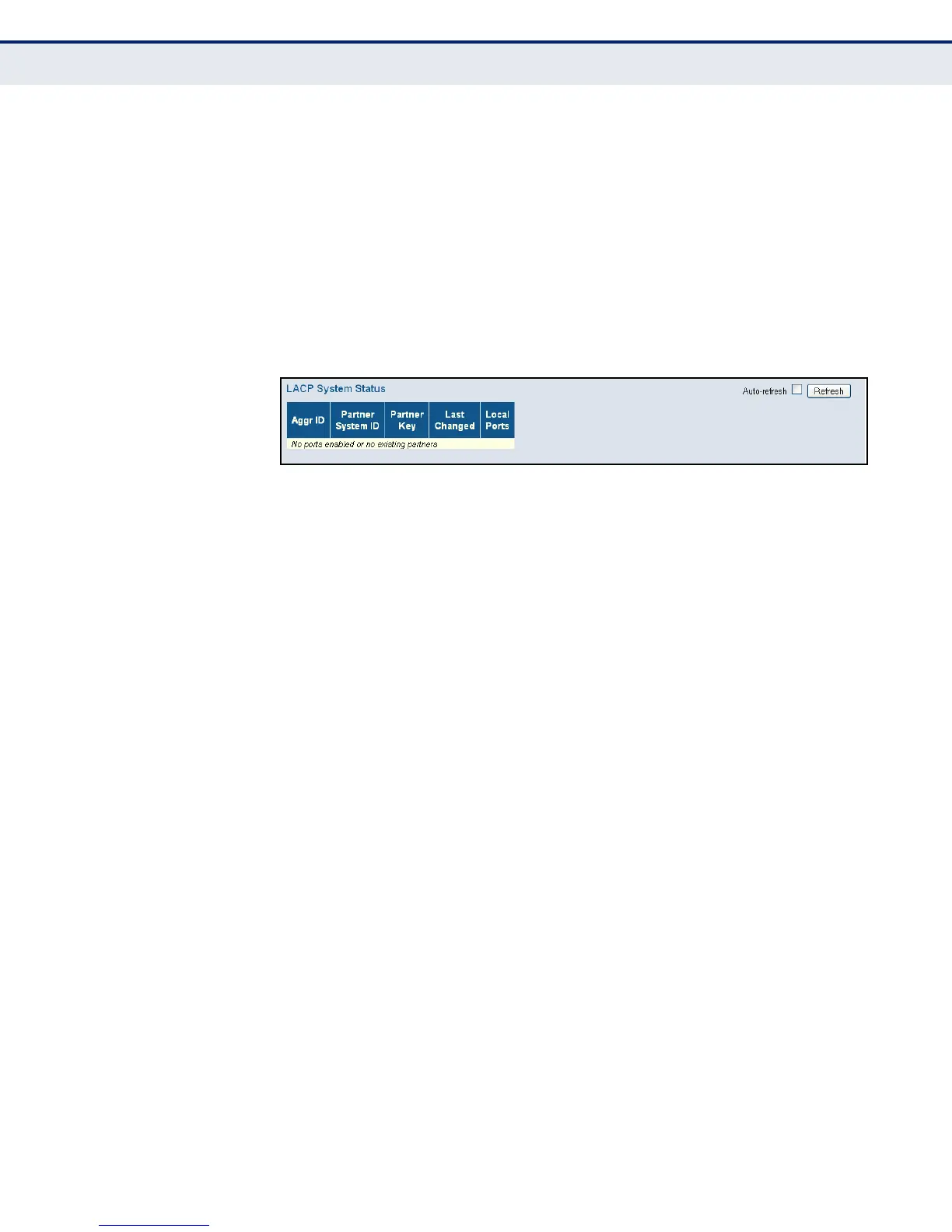